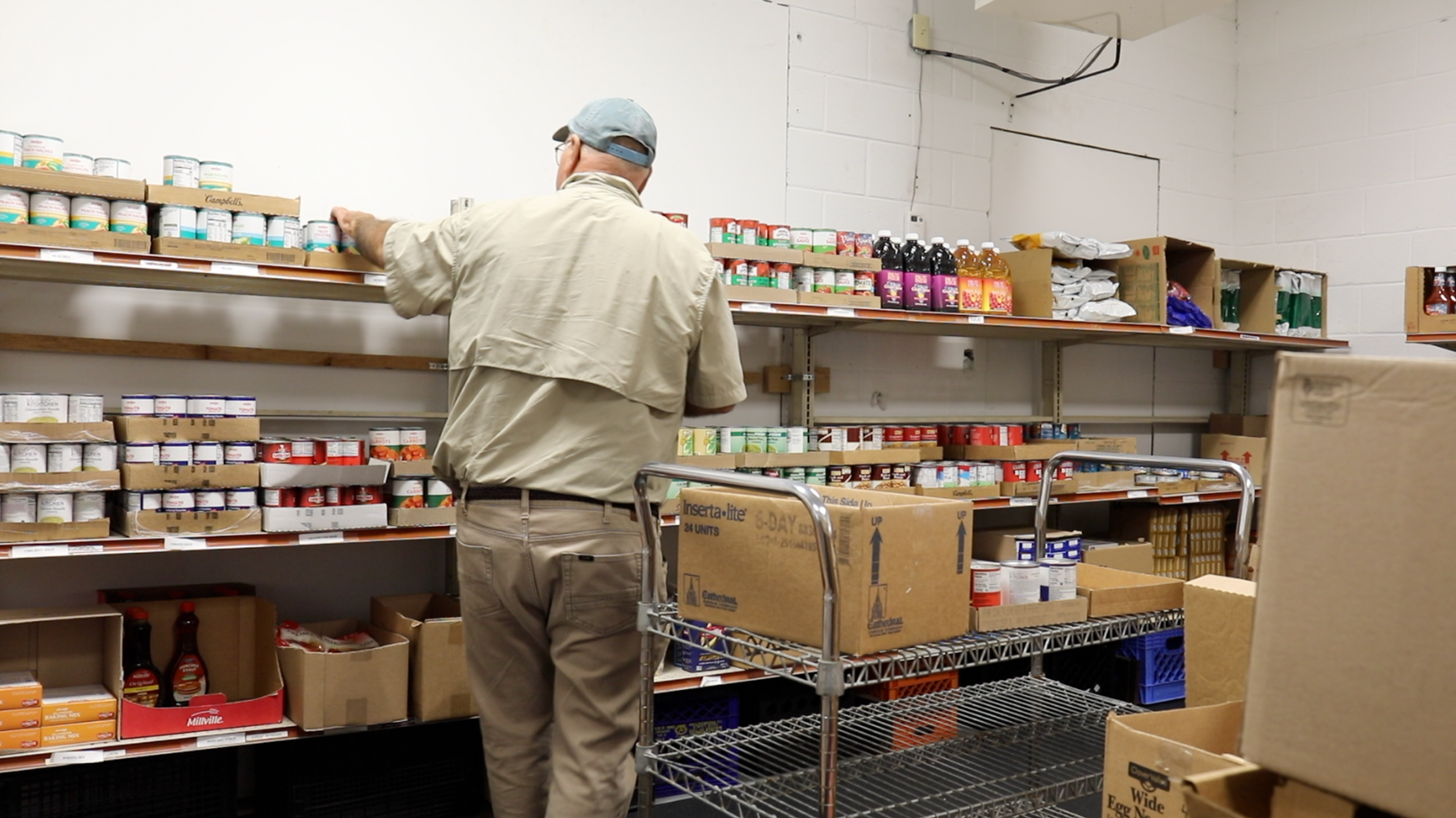One Health: Human Wellness Tied to Animals, Environment
Julie Bitely
| 3 min read

Despite our best efforts to protect our health, nobody lives in a bubble. “The health of humans is connected to the health of animals and the environment,” explains Mary Grace Stobierski, the State Public Health Veterinarian in Michigan and manager of the Emerging and Zoonotic Section of the Michigan Department of Health and Human Services. This is the basic idea behind a concept called “One Health,” which was the topic of a recent panel discussion. The talk was the focus of the most recent Health Forum of West Michigan, community conversations held the first Friday of every month at Grand Valley State University. Blue Cross Blue Shield of Michigan and Blue Care Network sponsor the discussions. Along with Stobierski, experts included Dr. Shannon Briggs, a toxicologist and statewide beach coordinator for the Water Resources Division of the Michigan Department of Environmental Quality; veterinarian Michael VanderKlok, manager of the bovine tuberculosis eradication program for the Michigan Department of Agriculture and Rural Development; and Dr. Andrew Jameson, an infectious diseases consultant at Mercy Health Saint Mary’s. The panel was moderated by Dr. Mark Hall, medical director for the Kent County Health Department. With 70 percent of the world’s emerging diseases estimated to be zoonotic, Stobierski said paying attention to the health of animals is vitally important to human health. For example, concentrated efforts to vaccinate dogs in the United States against rabies has virtually eradicated the disease in humans in this country. In other parts of the world, dogs are still a major source of the disease, Stobierski said. If you’ve ever been turned away from a public beach due to high levels of E. coli, bacteria that indicate fecal contamination, you know firsthand how animals, the environment and humans intersect, sometimes to our detriment. Briggs said with so much water in our state in the form of rivers, inland lakes and the Great Lakes, ensuring a clean water supply is important to our health and economy. “We look for E. coli because we love our water,” Briggs said. She detailed ways the state is working to identify E. coli sources in water using DNA that can trace it back to a specific upstream source. Cleaning up that contamination helps to prevent beach closures, protecting public health in the process. Lack of uniform regulations regarding septic systems in Michigan isn’t helping matters, Briggs said. Other examples mentioned by panelists included efforts to slow the spread of tuberculosis in wild deer herds in some areas of Michigan, exacerbated by baiting practices of hunters. VanderKlok said on-the-ground efforts are needed to protect farmers’ cattle herds. The state works with farmers and hunters to educate on best practices to slow the spread of the disease. While food animals are a big source of human illness in the United States, Jameson said our pets can also expose us to viruses. He outlined a recent example of a Seoul virus outbreak among rat breeders in Illinois and Wisconsin. It ultimately led to 17 people in seven states confirmed with the diagnosis, which can be fatal. Jameson shared this Centers for Disease Control video about the concept of “One Health,” which makes a compelling case for shared decision making when it comes to public health policy. If you enjoyed this post, you might also like:





